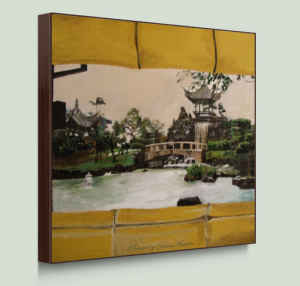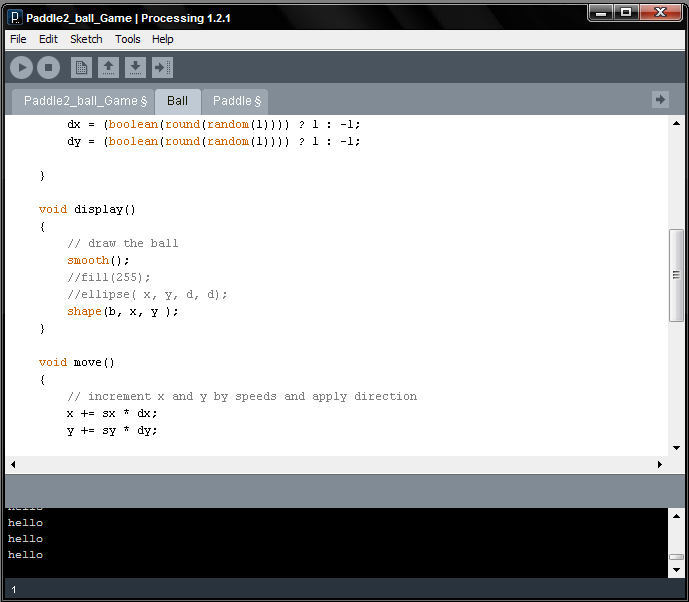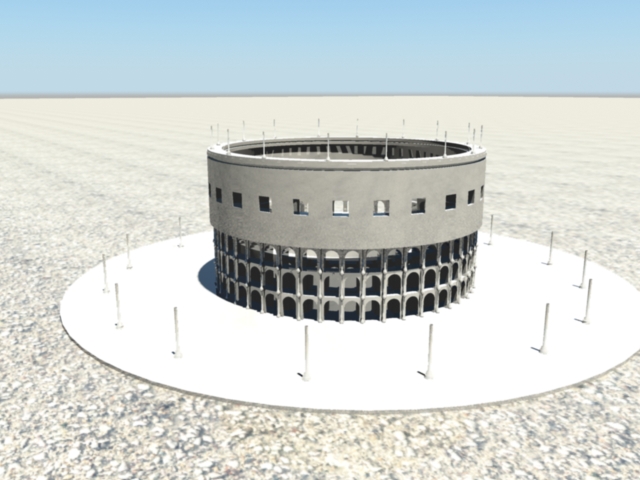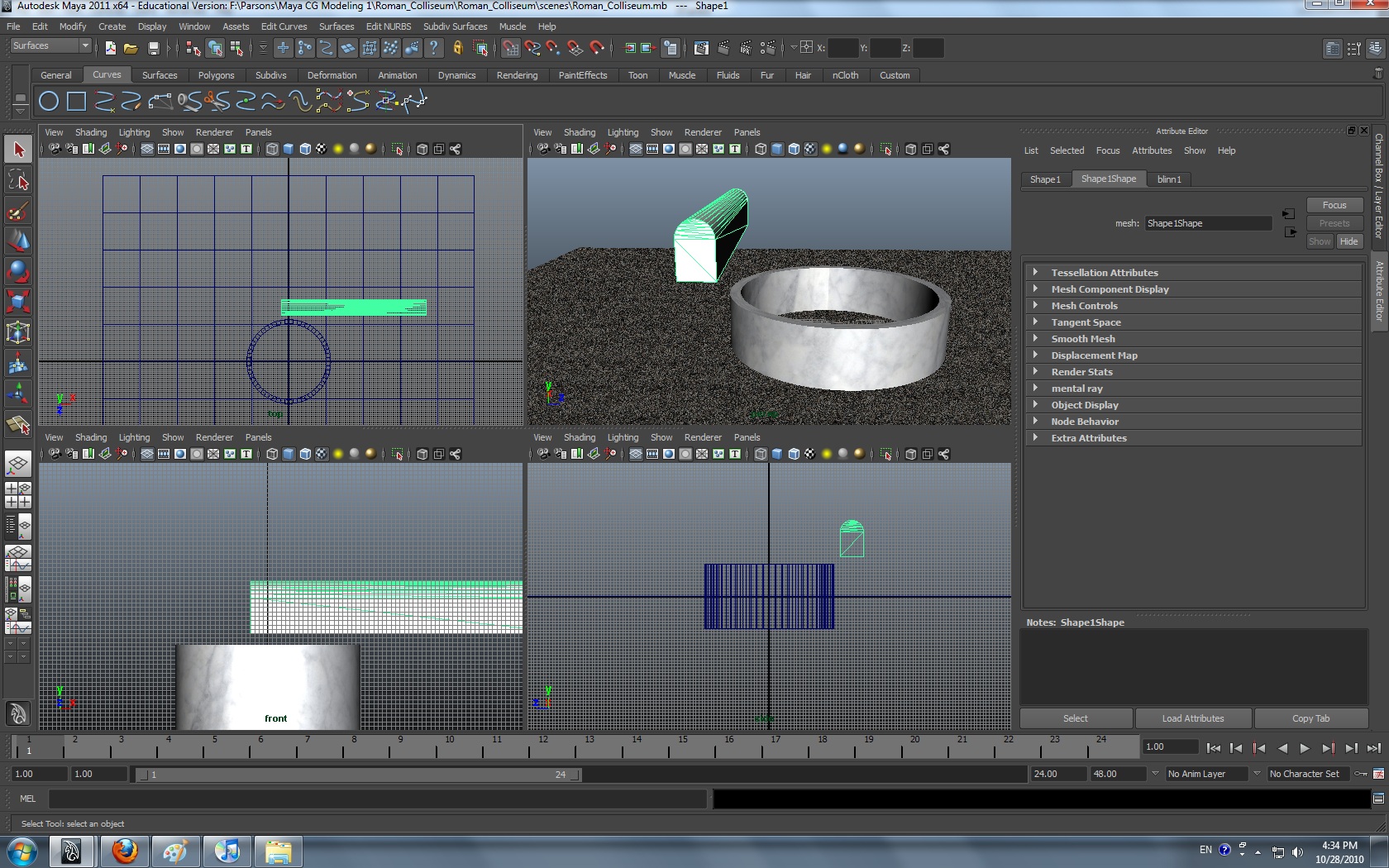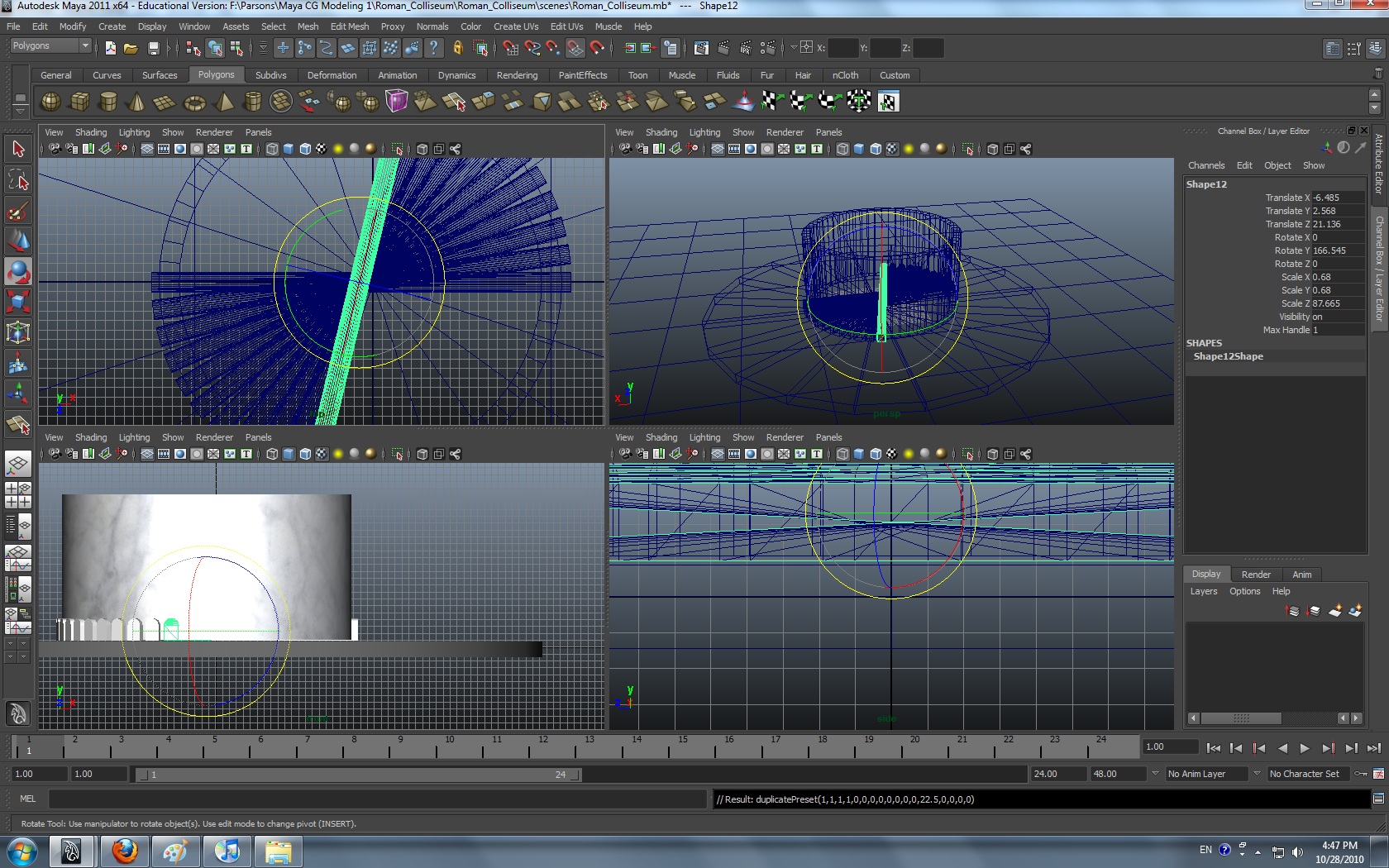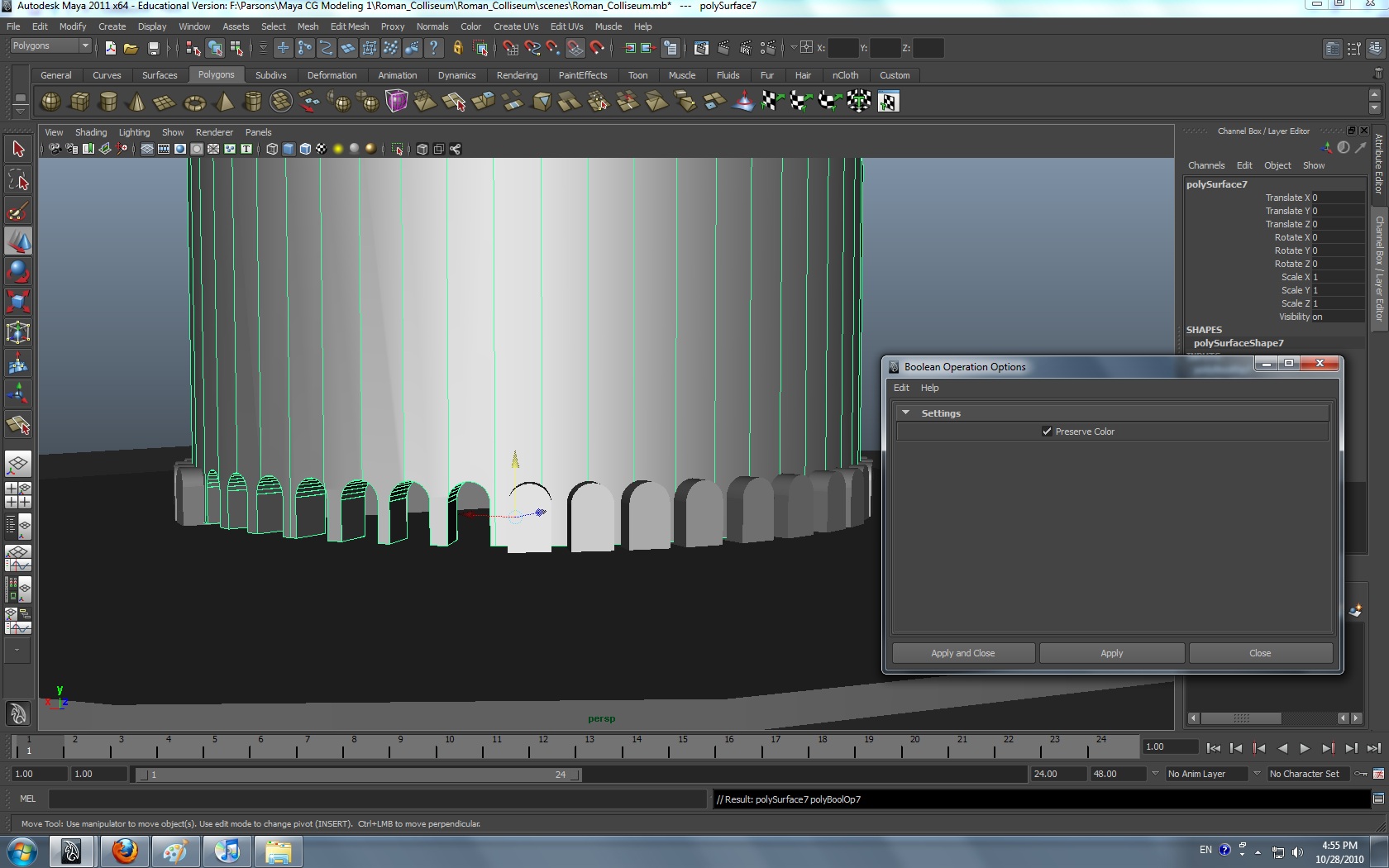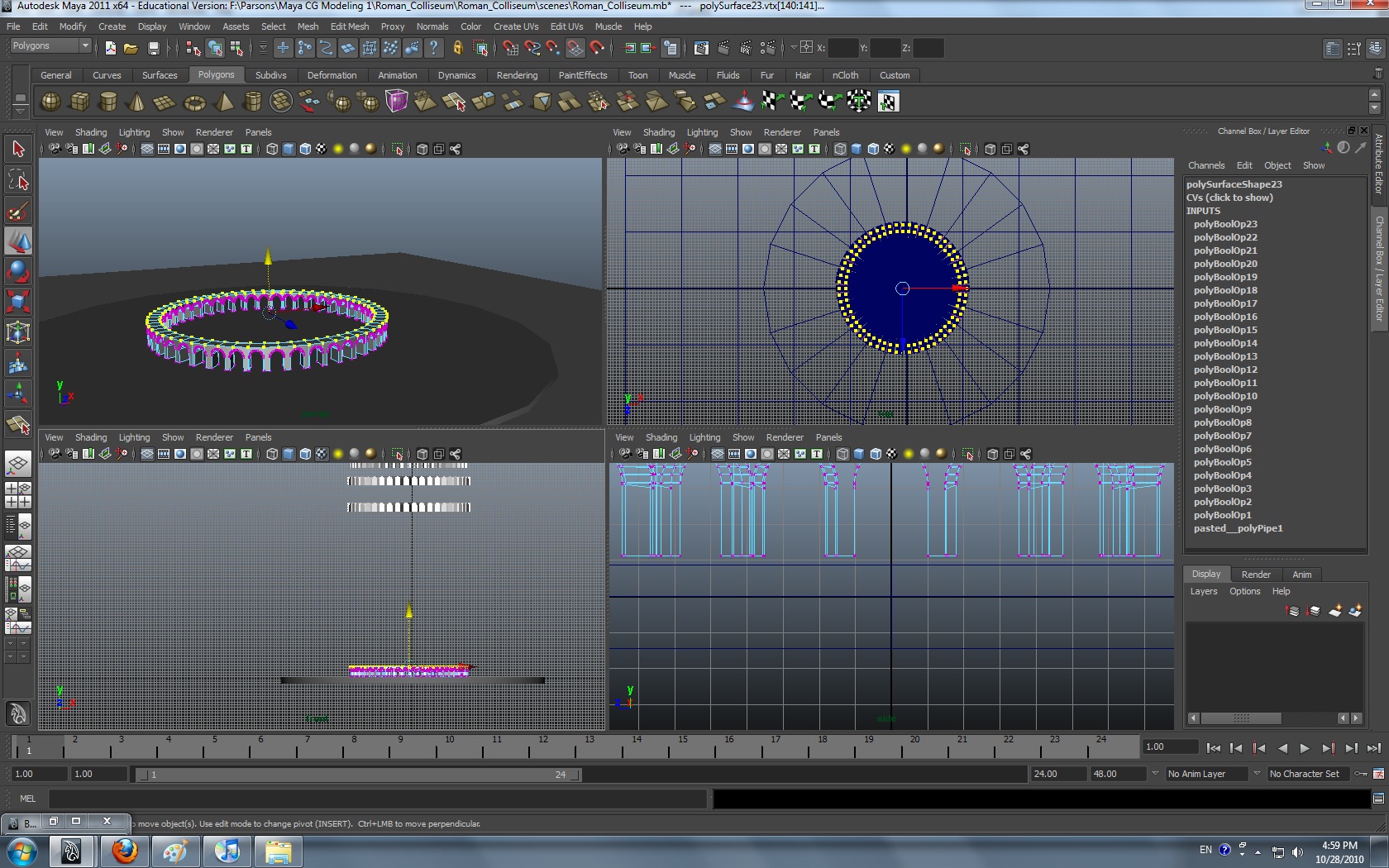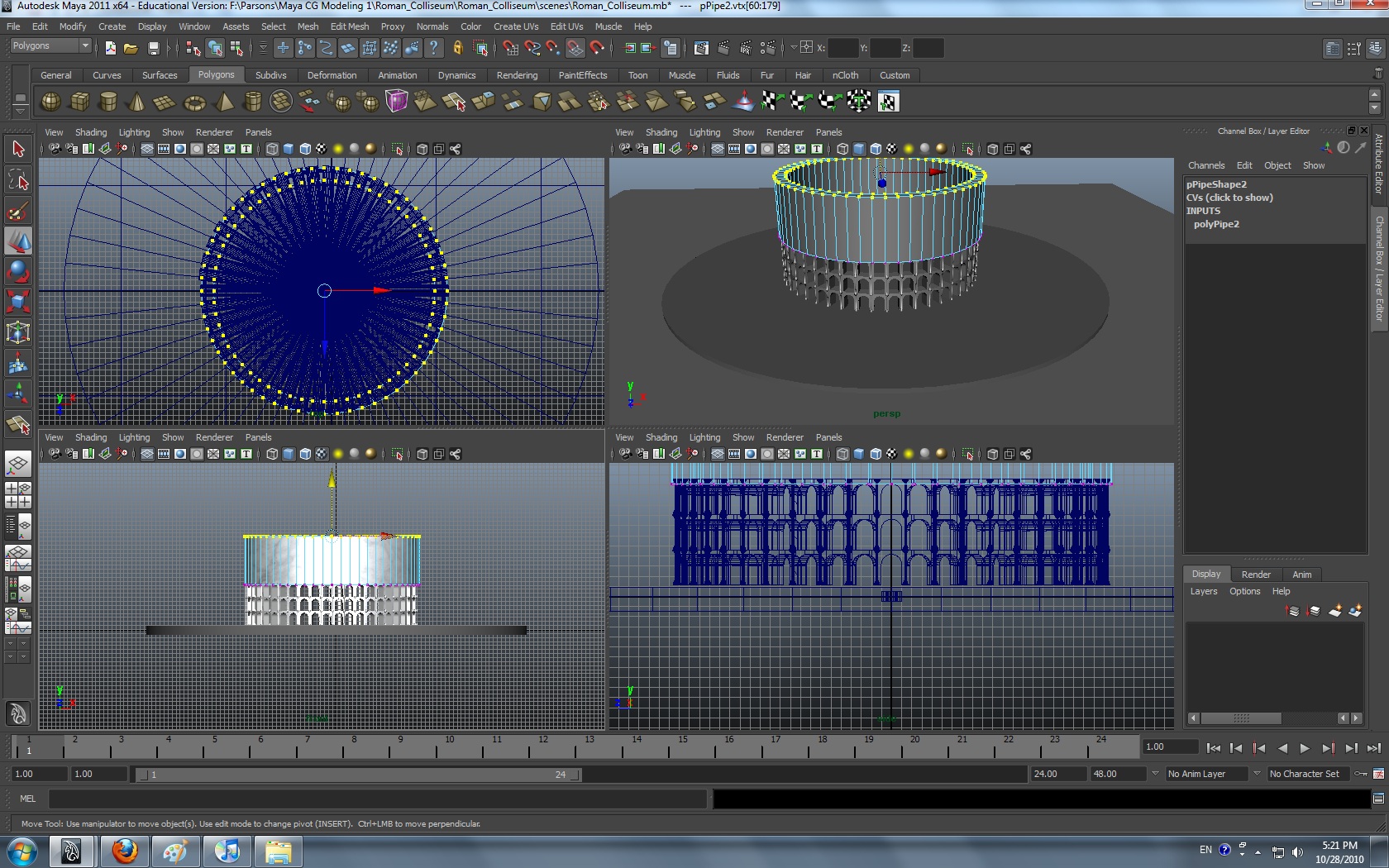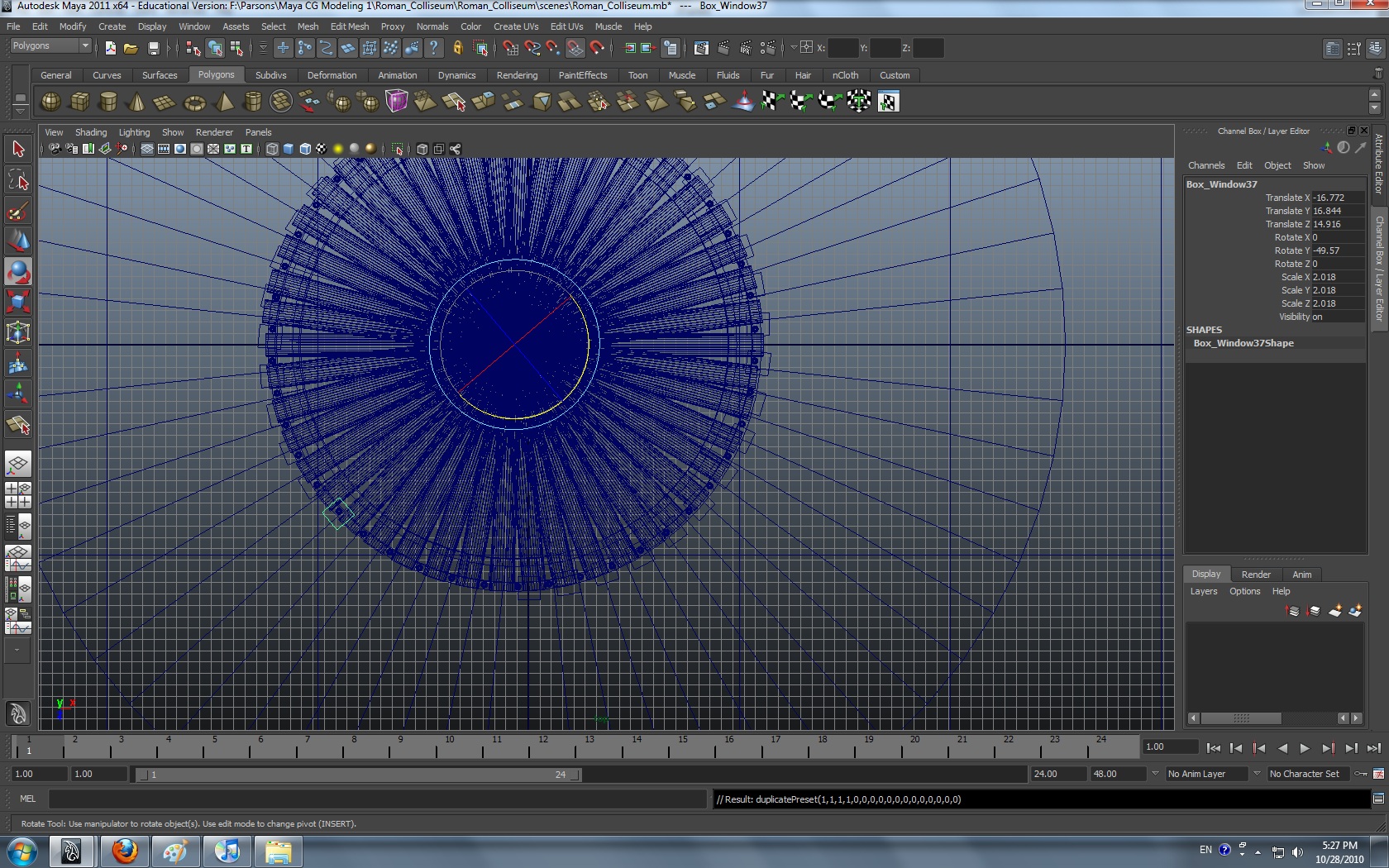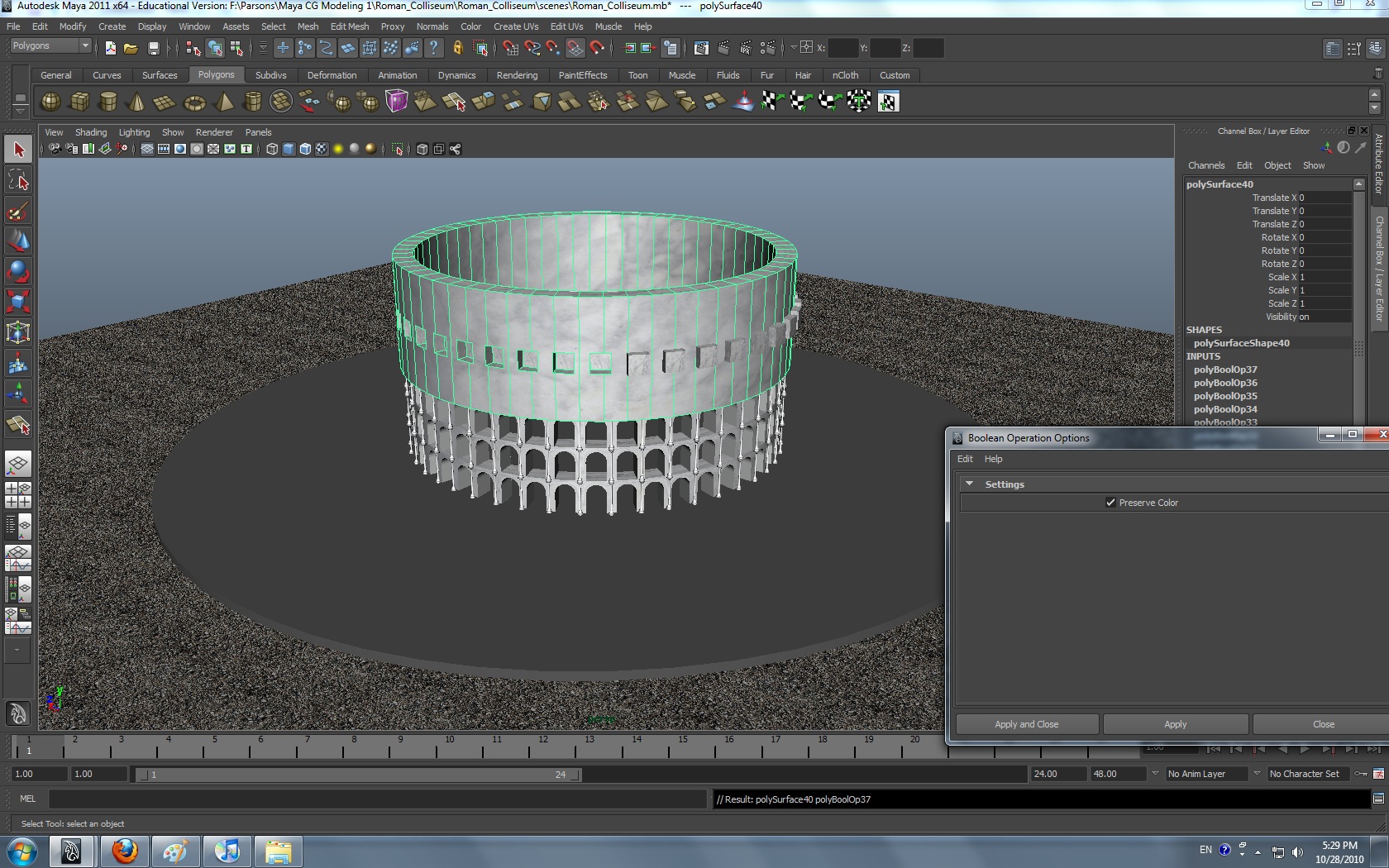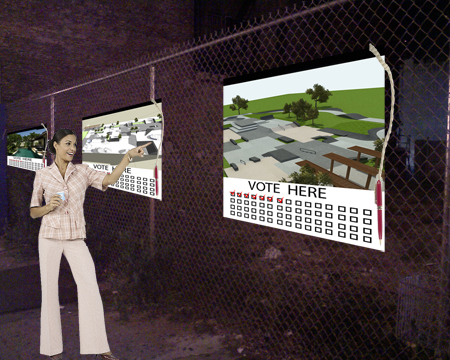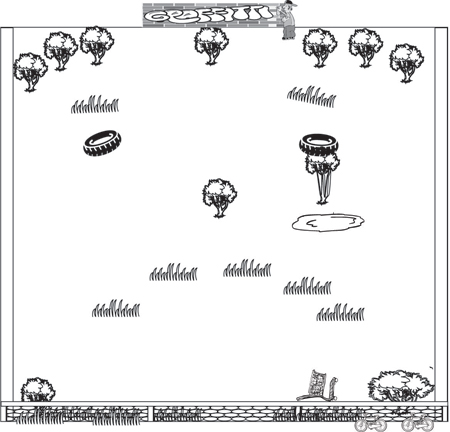At the Fashionable Technology Symposium there was this product called the Hanky Pancreas™ which is a fashion line made for diabetics who use insulin pumps. The concept in the collection was to make a line of clothing that is fashion forward thinking integrating insulin pump technology with the style of clothes that they produced finding a new way to integrate this product into the daily lives of women. The line was created by the designer Jessica Floeh who found in her research that social and psychological aspects have an important roll on the in the general managing of diabetes for people. The designs aim to encourage inside alteration through the outer in a way the aims to progress better health. The style used in the line reflect nature and mythological stories.
In the presentation by professor Katherine Moriwaki she starts off talking about Interaction design & its impact on fashion design & computational technology. She says that in examining fashion & computational technology, it gives those of us in the field of computational design a sense of what’s happening now & what might be worth working on in the future. The area of intersection between interaction design & wearable technology is in electronic fashion, computational fashion, fashionable technology, soft textual based electronic circuits & custom off the shelf based electronic components integrated in clothing & accessories. Applications range from functional & the expressive with heavy emphasis on the extension of human creativity & capability. & of course what is interaction design? Basically it’s making attractive products designed to support people in their everyday lives & designing spaces for human communication & interaction. She says that Interaction design as a discipline has not been around for very long & numerous various names have existed & wasn’t until the 1990s the term interaction design becomes more popular. & it was around this time that people began to recognize the need for people with skills outside of the area in computer science & needed its own category & name. Interaction Design is basically related to the experience people deal with. As computers migrated away from labs, workplaces then to personal use & finally as a way of expression, Interaction design attracted people from a wide variety of disciplines & backgrounds. It is a multi-disciplinary field that professor Moriwaki believes is still evolving in its meaning. Early pioneers in the fashion & technology field used a practice most closely considered as interaction design. In seeing how these people came from not fashion nor science backgrounds. People from multi disciplinary design backgrounds came in & changed the atheistic lacking in technology designing the experience in an interactive artifact system. In this instance, a clothing artifact which was previously unyielding into something soft & pliable. She goes on talk about the early innovators in this area Maggie & Elise & shows the audience examples of some of the artifacts they worked on. A table cloth, musical instrument created using conductive fabric & thread. Many of their early experiments look similar to those interactive artifacts of today.
The next speaker Kate Hartman, artist, researcher, inventor, educator talked about her inventions the Lilypad XBee, Botanicalls Kits, StitchLits LED Sewing Kits. What Botanicalls are, are a way of opening a new conduit of communiqué connecting vegetation and people, in an attempt to endorse flourishing inter-species consideration. The Botanicalls project is basically about messages between plants and humans. She believes that by empowering in cooperation by creating new ways of interaction. Plants that might need watering are given the facility to call and text message humans to ask for help. Humans who are uncertain of their knack to successfully observe growing plant life are given imagery and audio hints using popular methods people use for communication. The LilyPad XBee is a wearable e-textile technology artifact. LilyPads was ingeniously planned to have big linking pads to permit them to be sewn into garments. It has a range of input, output, power, and sensor boards that are readily accessible. The LilyPad XBee can be washed as well. It can be used with LilyPad wearable sensors, it has custom made sensors and a multide of output devices to make a entire wireless wearable scheme. StitchLits LED are Sewing Kits are for people who make their own e-shirts. StitchLits LED Sewing Kit can be used to light up a garment, accessory, coat, or footwear, & many other clothing accessories. The kit comes with a needle threader, a coin cell battery, conductive thread, a sewable battery holder, & a snap to serve as a power switch
The next speaker Pascale Gatzen a Dutch born artist/fashion designer who teaches design at Parsons. She shows us 3 fashion projects which she felt dealt with fashion & technology which are a series of garments from show in Paris. She talks of visualizing the space between clothing. Talks a bit about 3-Dimensions patterns on the clothes & displays to us some shots from the runway show with her garments in use. She was given the challenge of re-imaging/designing cotton & if successful would be written about in articles. She talked a bit about her class “Unfashion” at parsons about designers & the clothes that they would wear. She encouraged her students to fabricate their own garments, some for the first time & had them go outside to wear their projects upon completion taking inspiration from different styles.
The speaker Stacy Burr spoke a bit about her prototype heart monitor sports bra from textronics which was eventually bought by addidas. Sensors are knit into the fabric of their seamless athletic gear. The textile sensors preserve contact with the body, sensing the wearer’s heart rate and sending the information it to a small transmitter. The transmitter is connected into a pocket in the front of the apparel. It gets the heart rate information and sends it to a heart rate device watch. The heart rate watch immediately shows the heart rate to the person using it. Stacy also went into the process of having an idea, building a prototype, finding a team, getting a suppliers & working with investors.
Post Fashionable Technology Event Series Symposium Synopsis:
The part of the symposium that I found most relevant to me, was the area discussed by professor Moriwaki. It’s true that the fashion industry has been an incredible driving force economically in the world of art & design. I know this first hand after graduating from FIT University & working in the industry of fashion for several years. I thought that it was particularly interesting that it also has a hand in the vicinity of emerging technologies & interaction design as well. Wearable technology in electronic fashion, computational fashion, fashionable technology, soft textual based electronic circuits, custom off the shelf based electronic components integrated in clothing & accessories is quite fascinating.
